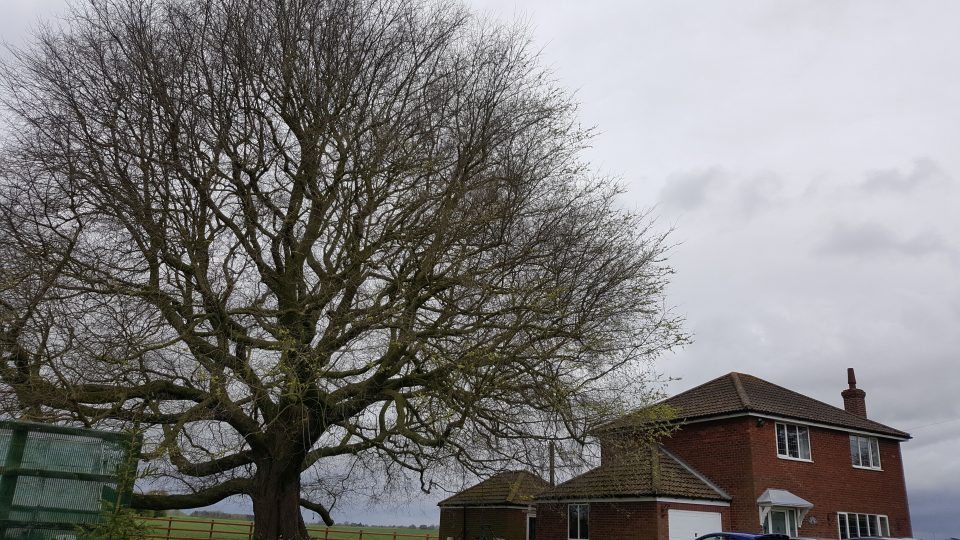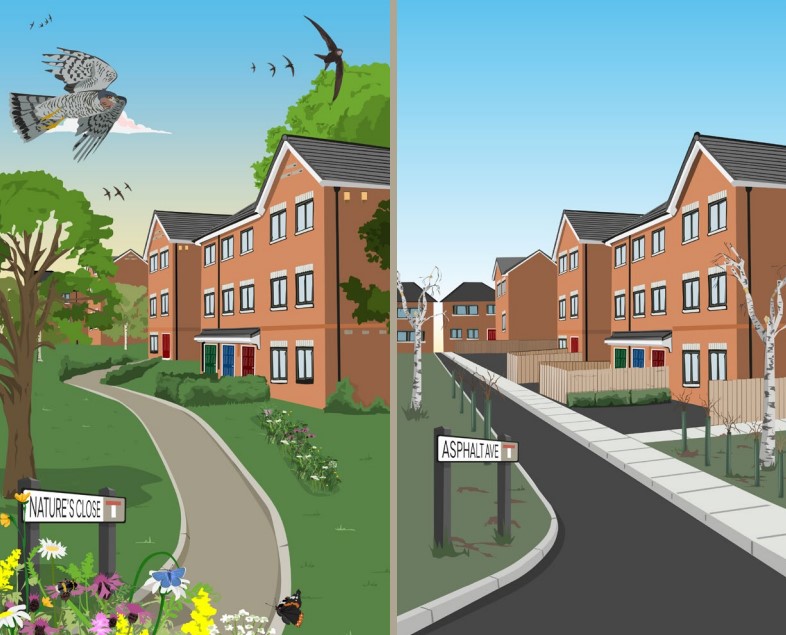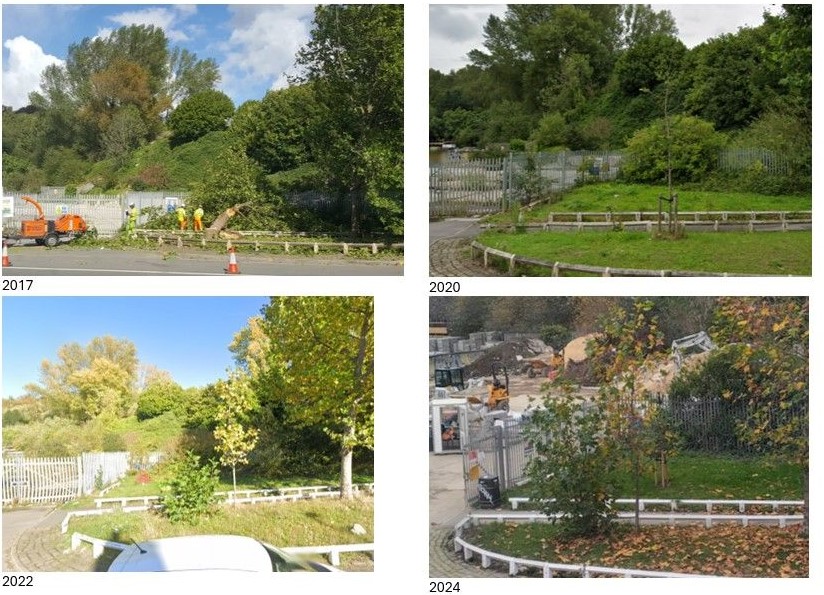Sheffield is England’s fourth largest city, with a population of over half a million. Like many northern former industrial cities it has a disproportionate share of the most deprived areas in the country. The 1980s were turbulent times for Sheffield, with massive job losses and large scale industrial action. During this time Sheffield became known satirically as the ‘People’s Republic of South Yorkshire’ in reference to the left-wing administration of Sheffield City Council, and depending upon your political leanings at the time, the term was used derisively or else with pride.
Sheffield today is far from egalitarian; inequalities in deprivation persist more than in any other comparable city, as highlighted in the report ‘A Tale of Two Cities’, which provides analysis of the disparities that blight the city on measures like wealth, health and aspiration. The report contrasts the least deprived neighbourhoods in Sheffield, Ecclesall and Fulwood, which are within the least 1{53bda441ceb198a7fc2015bac25f61bced733061ffa795d606542d0dab7ad94a} deprived locations in England, with Manor Castle and Darnall, which have some of the most deprived areas, not only in the city but within all of England. Research shows a tight relationship between per capita income and urban forest cover. In ‘Income Inequality Revealed through Urban Foliage’ it was highlighted that that the trees-to-affluence ratio correlates to economic conditions all over the world.Sheffield lays claim to being one of the ‘greenest’ cities in Europe, so with this in mind I undertook a similar Goggle earth (far from scientific) experiment, comparing the tree canopy cover in the most and least deprived areas of the city.
Ecclesall (above) and Fulwood (below): the least deprived neighbourhoods in Sheffield and within the 10{53bda441ceb198a7fc2015bac25f61bced733061ffa795d606542d0dab7ad94a} least deprived locations in England
Manor Castle (above) and Darnall (below) two of the most deprived areas in the city, both with LSOAs within the 1{53bda441ceb198a7fc2015bac25f61bced733061ffa795d606542d0dab7ad94a} most deprived in England.
Although there are differences in canopy cover, it’s pleasing to see that in relation to trees Sheffieldis relatively blessed; even with the massive gulf in deprivation between the differing areas the tree cover isn’t massively different. Insofar as urban trees, Sheffield’s egalitarian claims may still stand, and a title of the ‘People’s Forest’ may be deserved.
Good work comrades?
From the 1930s to 1970s the Garden City Movement’s ideas were being adoptedby Sheffield council, so many new social housing estates built in Sheffield were laid out to reflect these ideals, making provision for green-space. Over the last decade or so work by the South Yorkshire Forest and the community foresters of Sheffield council have greatly improved the tree cover in (more deprived) areas in the north and east. However, present day tree cover is not, for the most part, the result of conscious planning of tree loving council members; rather it’s primarily a response to the areas unique topography. In the 12th century the area that is now Sheffield was occupied by a number of small hamlets and villages, interspersed amongst dense woodland. As Sheffield expanded from this group of dispersed villages into a major industrial city, it was the topography and the river system that had the main in role limiting, directing and shaping the growth – a web of linked woodland corridors along the river systems leads into the surrounding moorland to the west and north of the city, and to agricultural land to the south and east. Many fragments of this form what are Sheffield’s 80 ancient woodlands and, uniquely, these are accessible ancient woods particularly close to the city’s most deprived areas. The steep, tree covered, river corridors were unable to be easily developed and because of the city’s wide ranging height variations they form the visually dominant elements of the city landscape. Because of these topographical traits, even within the city’s most urban areas, there is the perception of being surrounded by tree covered hills. Power to the people?
We know that spending time among trees can improve our health and wellbeing as well as the liveability of our towns and cities and social cohesion. Also the prevalence of trees has been shown to greatly influence people’s preferences in choosing one city over another for investment or as a place to live. We also know, from experience, that cutting investment in trees and green spaces leads to unsafe, neglected places that people choose to avoid. Sheffield’s urban forest shouldn’t be taken for granted; management and planning must ensure this legacy is secure by integrating tree and woodland strategies to ensure more planting, care and management and incentivising more access, awareness and involvement from residents. The individuals that make Sheffield’s ‘people’s republic’ want to play an active role in preserving the future of their valued trees and woods – but they can’t do it alone. Government, councils, housing associations and businesses have a crucial part to play; each at the forge must do their duty.









